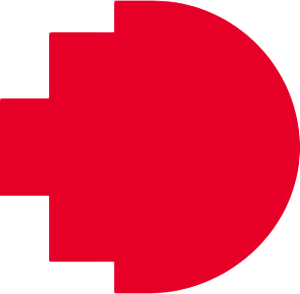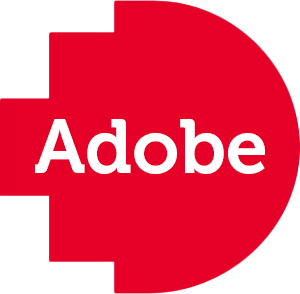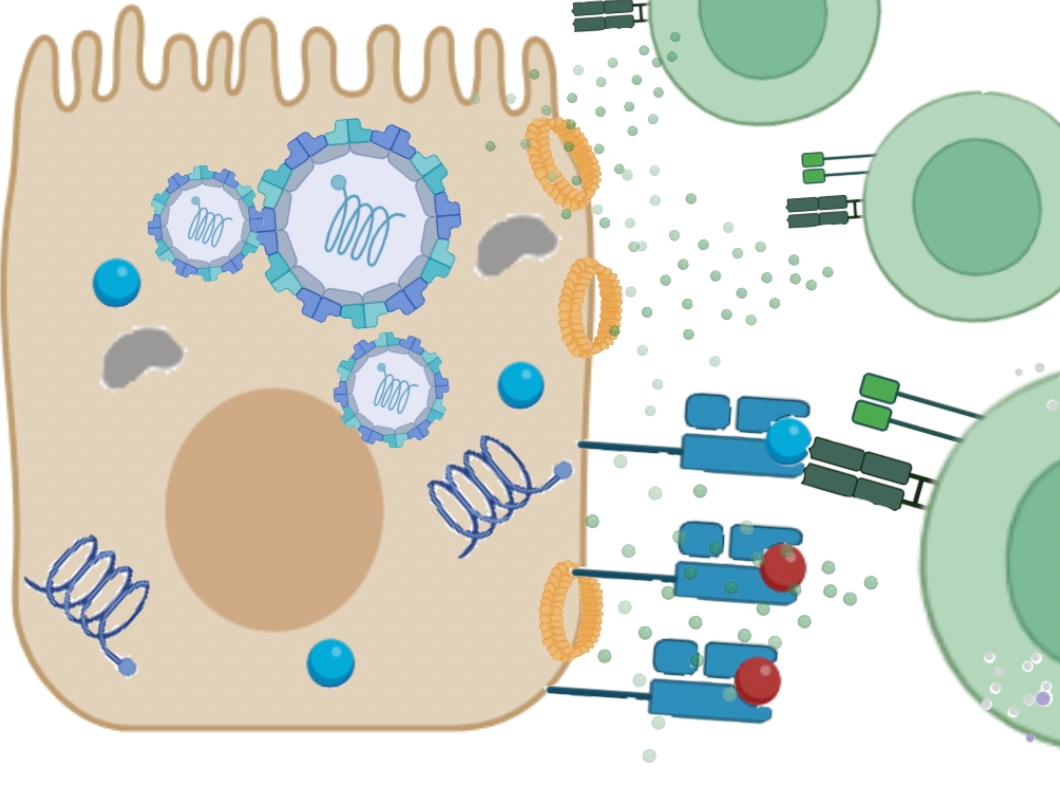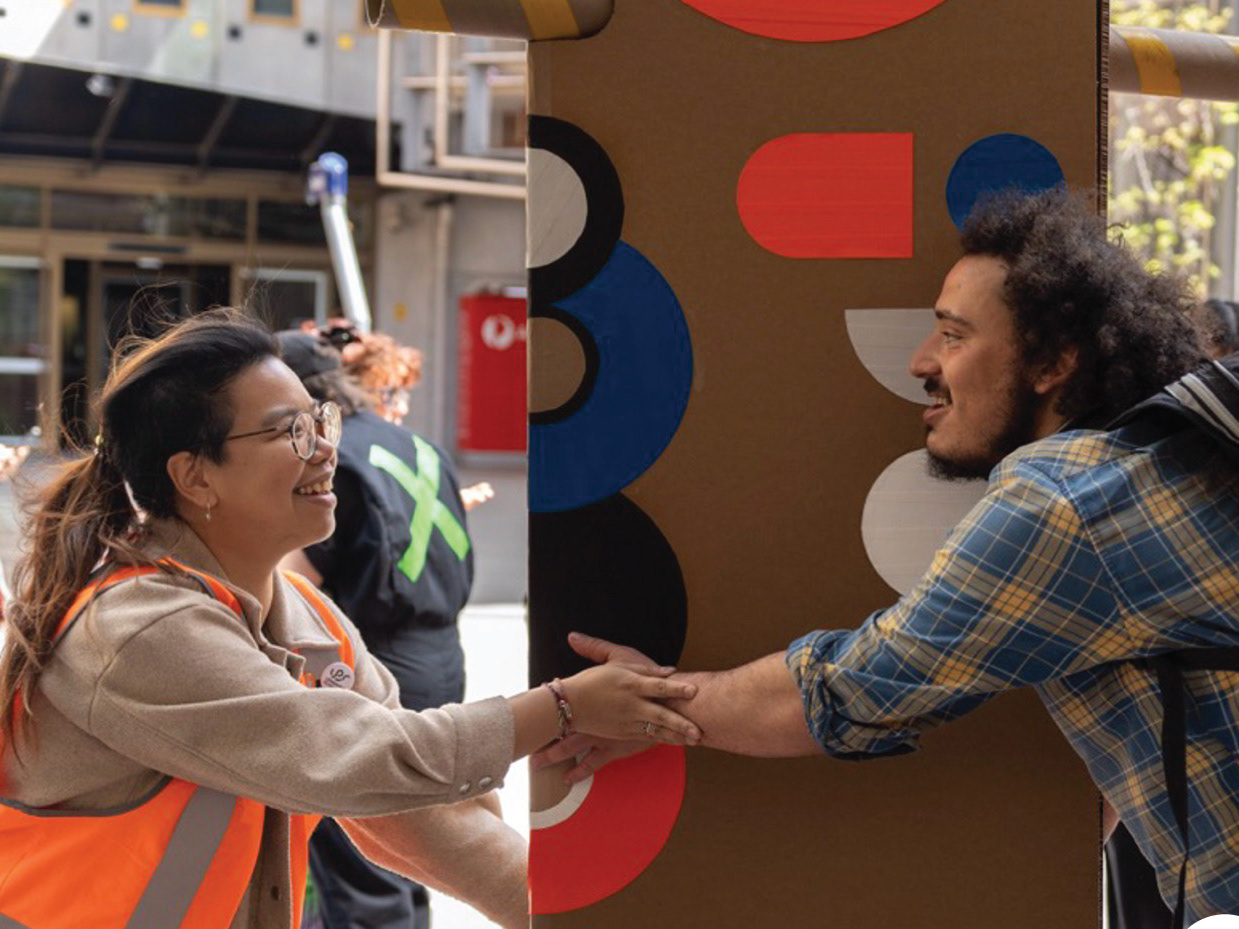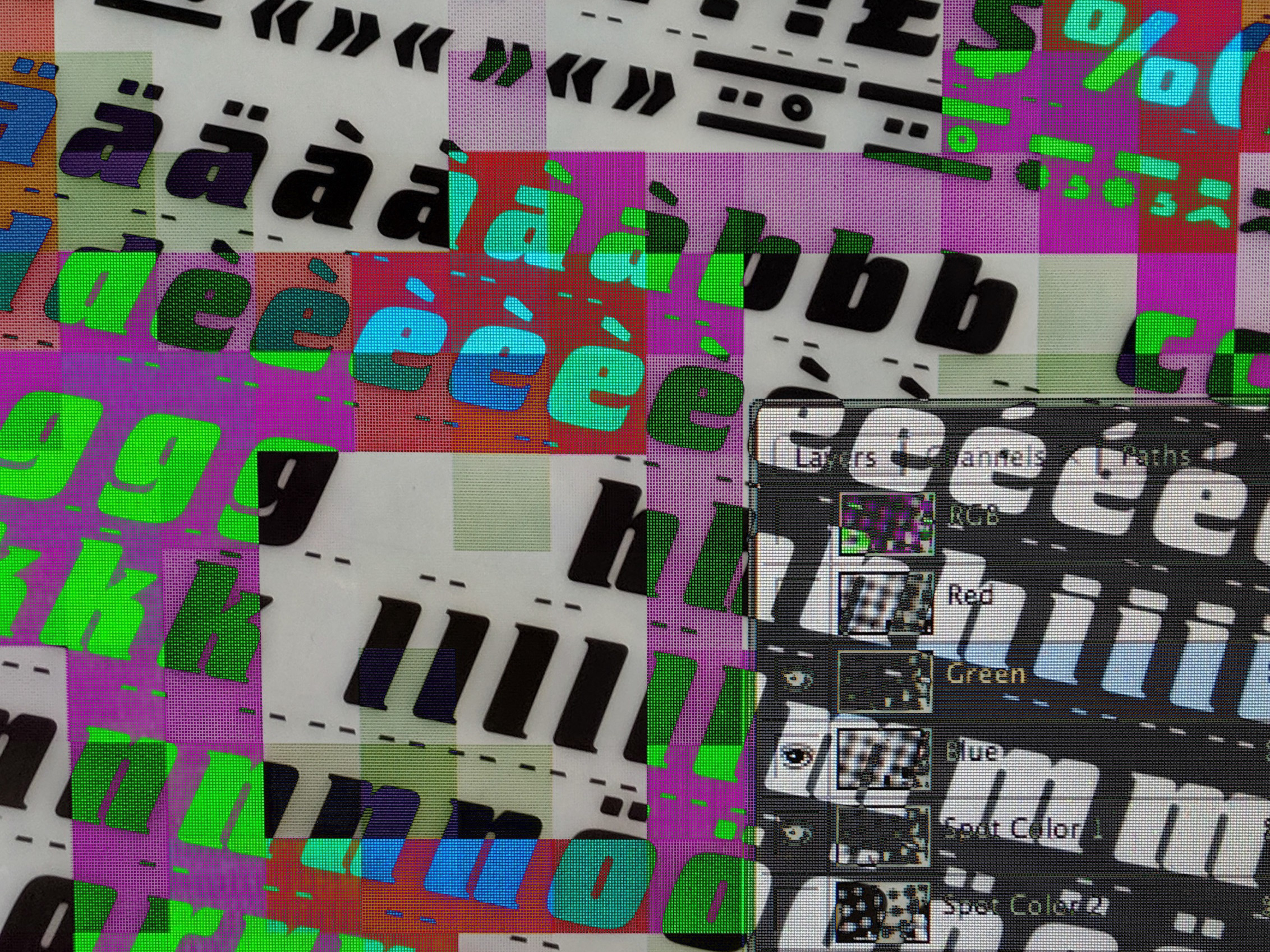Student work from 2025
Business Management
Illustrate Safe
Adobe-Powered Digital Safety Assessment
The course currently faces several challenges that limit its effectiveness in preparing students for modern, technology-driven workplaces.The project seeks to address these issues by integrating digital skills development, enhancing practical learning opportunities, and reframing the relevance of health, safety, and wellbeing to foster deeper student engagement and preparedness for the workplace.
Resources
> Teacher resource
> Assessment item and student reflection guides for assessments
> Student instructions
> Criteria sheet / marking rubric
Problem Statement
There is a lack of emphasis on the development of digital skills, which are crucial for today’s workplace environments. Students need to be proficient in using digital tools to create, communicate, and manage health and safety information effectively, but these competencies are not adequately fostered within the current curriculum.
There are limited opportunities for students to apply theoretical knowledge in practical, real-world industry contexts. This disconnection between classroom learning and practical application hinders students' ability to understand the real-world significance of workplace health, safety, and wellbeing practices, reducing their ability to translate theoretical concepts into actionable strategies.
Many students perceive the course as merely a compulsory requirement rather than an integral part of their education, as evidenced by discussions during Week 1. This perceived lack of relevance leads to diminished interest and engagement, as students often fail to link the importance of health, safety, and wellbeing to their future career success.
Student work from 2025
Project Overview
This project aims to transform the BUSM3122 Work Health, Safety, and Wellbeing course by incorporating digital tools and practical learning experiences to enhance student engagement, skill development, and industry relevance.
Assessment 2 has been redesigned as an individual task where students create an infographic using Adobe Express to visually present data on occupational injuries within a key Australian industry. This task encourages students to synthesize complex data into an accessible format, fostering digital literacy, data visualization, and visual communication skills. The expected impact on students is to develop proficiency in creating and communicating health and safety information effectively using digital tools—preparing them for technology-driven workplaces.
Assessment 3 has been adapted into a group project where students use Adobe XD to design and prototype a web-based or mobile-based corporate wellbeing training program. This assessment requires students to collaborate and apply wellbeing theories to address real-world challenges in industry contexts, focusing on user-centered design principles. The group format not only strengthens students' understanding of workplace wellbeing concepts but also enhances their teamwork and digital design skills.
By using Adobe products, students develop crucial digital competencies in content creation and design, addressing the previous lack of emphasis on digital skills. Both assessments are designed to move beyond theory, allowing students to engage in practical, industry-relevant projects that apply their learning in real-world contexts. This approach not only enhances their digital and practical skills but also helps students recognize the importance of health, safety, and wellbeing in professional scenarios, thereby increasing engagement and perceived relevance.
Digital Capability Building
This project supports the development of digital literacy by embedding digital tools and skills directly into assessments, providing a practical, hands-on approach for students to build confidence in using emerging technologies.
Specifically, the integration of Adobe Express in Assessment 2 and Adobe XD in Assessment 3 has enabled students to develop technical literacy by learning how to create digital content relevant to workplace needs, focusing on visual communication, data storytelling, and user-centered design. Through these tasks, students have learned to select and proficiently use appropriate digital tools to achieve desired outcomes.
Lastly, both of the two assessments has also incorporated critical literacy by encouraging students to reflect their use of digital tools when creating digital artefacts and understand the implications of their work on diverse audiences. This reflective practice helps to scaffold their understanding of how digital solutions are created, controlled, and consumed, which is essential for developing well-rounded, digitally literate graduates.
Student work from 2025
Key Learnings
We are set to implement the project in the upcoming semester, and I am confident about its potential to transform the learning environment. Thanks to the valuable insights shared by educators during the workshop, I understand the critical importance of ensuring that students are thoroughly prepared and, even more so, that the teaching team is fully equipped and confident in using the new tools.
Even though I have not yet fully implemented the project, Adobe have already started to impact my teaching practice. I have become particularly enthusiastic about incorporating Adobe tools into my teaching. For example, using the "animate from audio" feature in the classroom has proven to be an effective way to energize students during the early 8:30 am sessions, bringing laughter and a sense of fun that enhances engagement. I am eager to implement the IllustrateSafe project in the upcoming semester, and I am confident about the potential of this project to enrich our students’ learning experience, foster digital fluency, and create an engaging and dynamic classroom atmosphere.
Looking ahead, I would like to explore the use of more interactive and immersive digital tools (such as VR or AR components) to further enhance engagement and make the learning experience more dynamic. These additions could deepen the practical application of wellbeing theories and simulate real-world industry scenarios more effectively.
